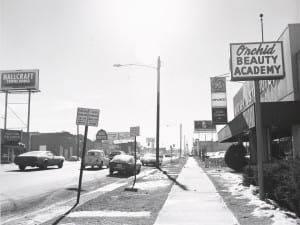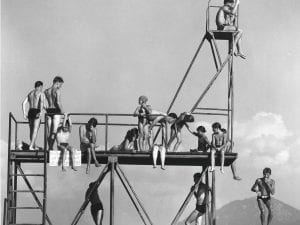The inaugural Bristol Photo Festival kicks off with a programme of exhibitions and events running from Spring to Autumn 2021. It celebrates the cultural and political power of the photographic medium at a time of newfound reckoning with the city’s imperial and colonial heritage. We preview five of the most exciting shows and projects on offer.
Sarah Waiswa: Lips Touched with Blood, Bristol Museum and Art Gallery | Until 31 October
“This project deals with the impact of colonialism on identity in Kenya,” says Sarah Waiswa, whose contemporary portraits of African people are displayed alongside manipulated images from the archive –reframing and challenge existing narratives around colonialism, power and identity. “The archival images show the power imbalance that existed between the colonialists and the natives. The photographers had the power to define the narrative. They presented the people in the way they saw them, and not necessarily as who they were. By blacking-out the subjects, I interrupt that colonial gaze and take the power away from the photographer. I hope the viewer will ask themselves “who are these people?” That is the question I wish the photographer would have asked. By juxtaposing my images of young Kenyans, I hope that the images can show a reclamation of identity. There was erasure in colonial time. This project is an attempt to reconstruct and recreate the subjects’ own identity on their own terms.”
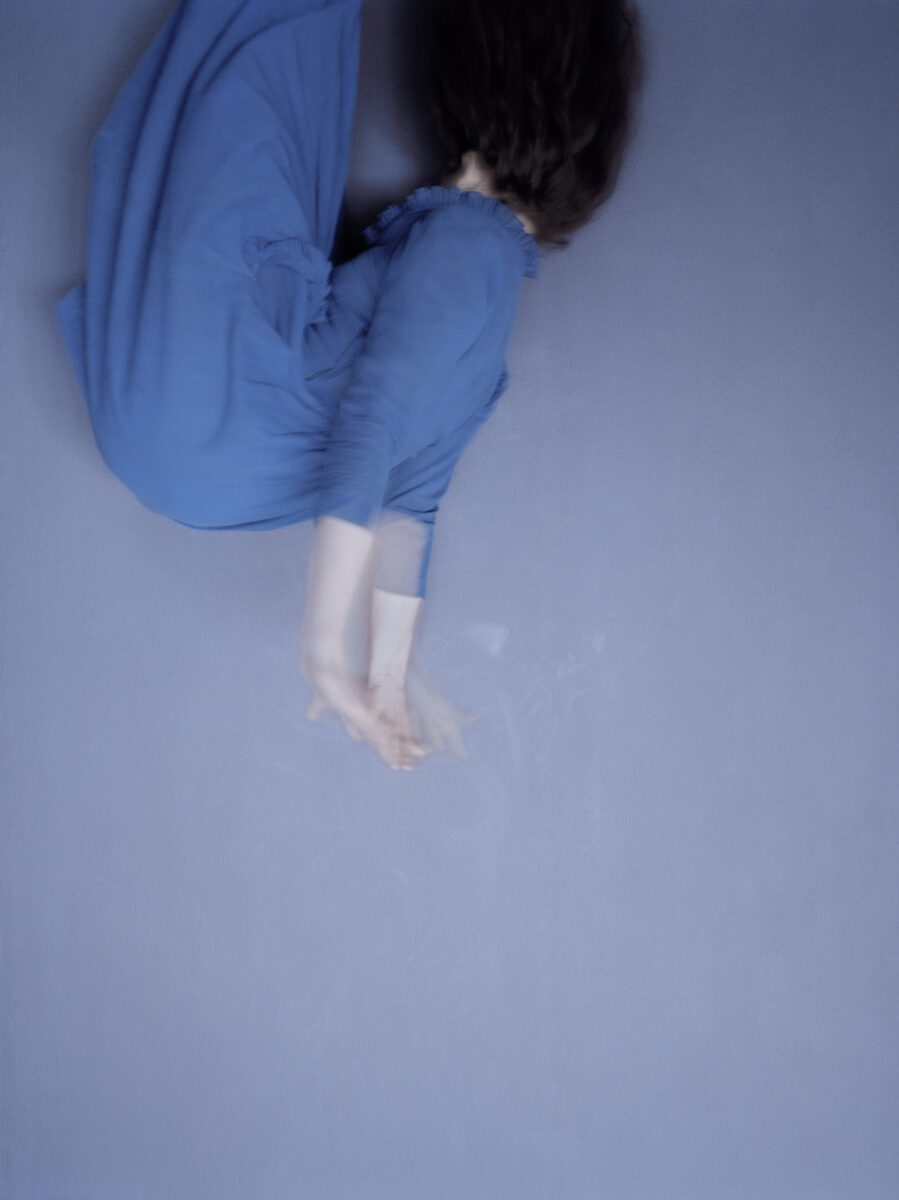
Beyond the Frama: Heather Agyepong, Jessa Fairbrother and Lua Ribeira, Bristol Museum and Art Gallery | Until 10 October
Bristol is the home city of slave trader Edward Colston, whose statue was tossed into the harbour by a jubilant crowd last summer—yet the city’s waterfronts are still lined with warehouses that once stored spoils from the Caribbean plantations. The 18th century was a time of peak plunder, as well as being the heyday of the neo-classical country house and the European grand tours. All three paradigms are reflected in the Bristol Museum and Art Gallery’s permanent collections. Now, artists Heather Agyepong, Jessa Fairbrother and Lua Ribeira have staged a series of photographic and artistic interventions in the museum’s archives, reflecting on the constructs of otherness and femininity that they helped to establish and preserve. Shown above is Jessa Fairbrother’s work, which will be shown among the museum’s renowned Pre-Raphaelite paintings and modern French art, presenting self-authored contemporary narratives alongside the historic images of women by men.
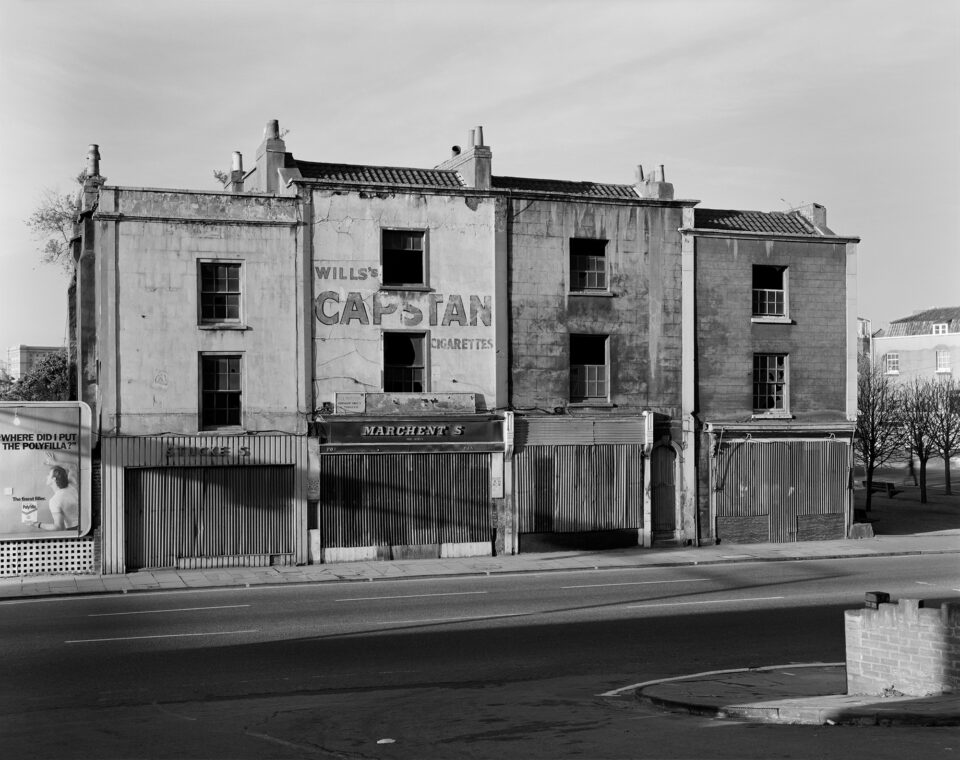
Jem Southam: The Floating Harbour, Underfall Yard | From 18 June
During the late 1970s, Jem Southam (b. 1950) took a series of photographs of Bristol Harbour, capturing a central feature of the cityscape at a time of economic and social upheaval. The harbour was known as “the floating harbour” because of the 19th century lock-works that provided a tidal by-pass for the Avon River, ensuring that the water level at the bustling portside remained constant for unloading boats. At one time, Bristol was one of the busiest docks in Britain, much of its freight consisting of tobacco from slave plantations, and latterly coal, stone, timber and slate from South Wales and beyond. By the time Southam executed this suite of images, the harbour was falling into disuse, like other hulking waterside developments right up the west coast of the UK, from Liverpool to Glasgow. These are teeming yet exacting compositions, whose sense of busy industry is offset by a poignant awareness that the social world depicted is one on the brink of collapse.
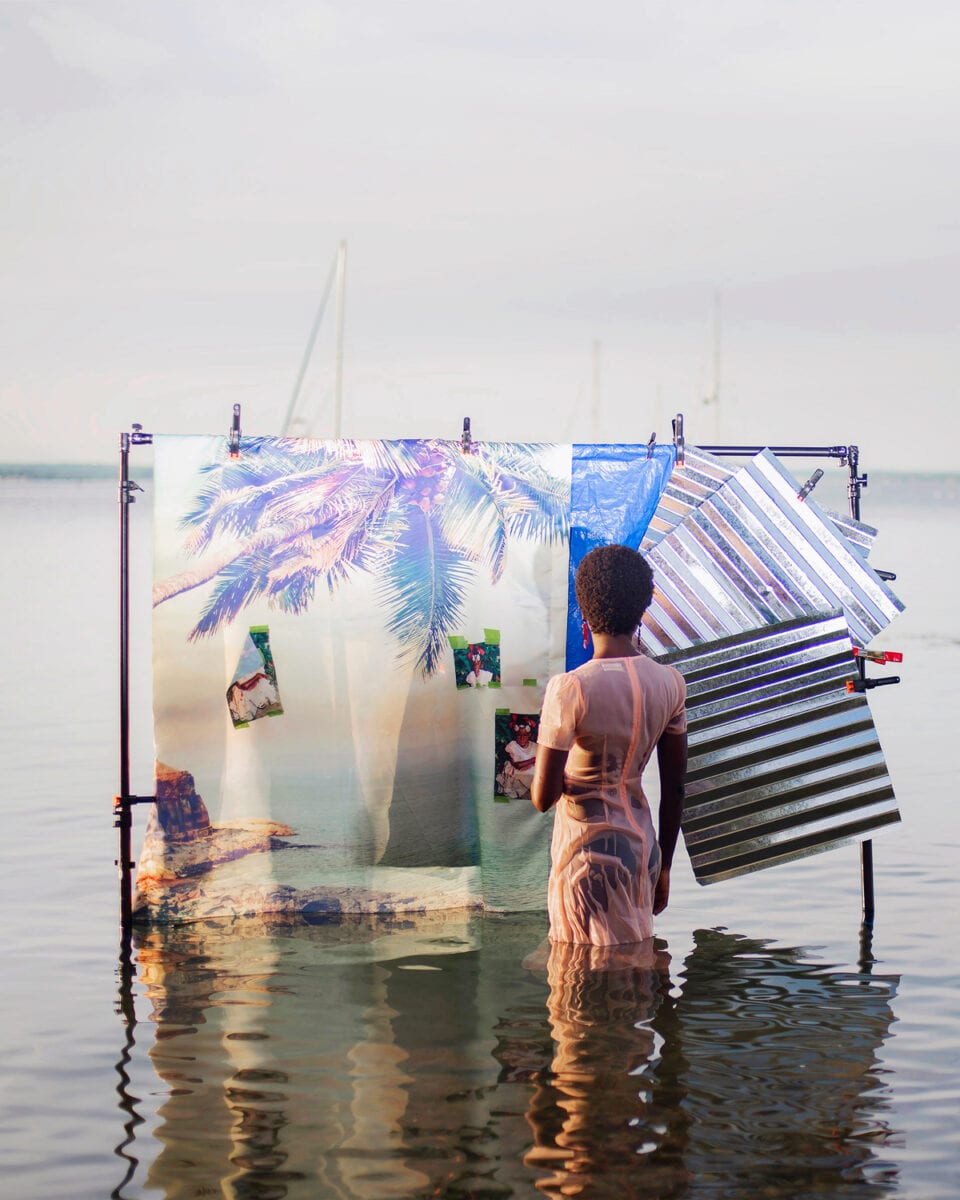
IN PROGRESS: Laia Abril – Hoda Afshar – Widline Cadet – Adam Jalloh – Alba Zari, Royal Photographic Society | 20 May – 24 October
IN PROGRESS showcases five exciting new oeuvres selected by the Royal Photographic Society, with themes including national identity, migration and displacement. Laia Abril (b. 1986) is a Spanish photographer whose work offers clinical photographic documents of contemporary themes affecting women’s bodies and rights, from anorexia to abortion. Her ongoing project A History of Misogyny explores the tropes and imagery of rape culture. Hoda Afshar (b, 1980) is famous for her harrowing portraits of individuals ostracised for speaking out against social injustices, such as the human rights advocate Behrouz Boochani, who was detained for several years in the Australian-run Manus Island detention centre. Widline Cadet’s hyperreal artworks, including Nou Fè Pati, Nou Se, Nou Anvi (We Belong, We Be, We Long), explore the fissures between external image and interior psychology, often making arrestingly surreal use of coupled and mirrored bodies. As a Haitian-born, US-based artist, Cadet is particularly concerned with the way in which these contrasts play out amongst her immigrant diaspora.
James Barnor: Ghanaian Modernist, Bristol Museum and Art Gallery | Until 31 October
James Barnor (b. 1929) is a revolutionary figure within Ghanaian and African photography. He has documented seismic social changes both in his home nation and in the UK, combining Afro-Futurism with an incisive portraitist’s eye. Born in Accra in 1929, in 1953 Barnor established Ever Young Studio, a pioneering company whose clients included future Ghanaian president Kwame Nkrumah and Richard Nixon, and which allowed him to document the national mood during Ghana’s break from British colonial rule in 1957. Travelling to London two years later, Barnor became a sharp-eyed observer of the city’s 1960s culture, before returning to Ghana in the 1970s to set up the country’s first colour photography studio, X23. His images of fashionable Ghanaian youth from this period are amongst his most dazzling and joyful, although his work has also encompassed commercial and political press photography. This exhibition promises an illuminating survey of Barnor’s trailblazing Black modernism in the year of his 92nd birthday.
See the full programme here.
Words: Greg Thomas
Image Credits:
1. Nou Fè Pati, Nou Se, Nou Anvi (We Belong, We be, We Long), 2020 from the series ‘Seremoni Disparisyon (Ritual [Dis]Appearance)’© Widline Cadet courtesy Royal Photographic Society
2. Robert, my boy (Charles Trotter, 1953) © Sarah Waiswa courtesy British Empire and
Commonwealth Collection
3. Dija (25 Futures Series), 2017 © Sarah Waiswa
4. My Too Blue Heart on Your Two Blue Sleeves (I), 2014 © Jessa Fairbrother
5. Hotwells Road, 1978 © Jem Southam
6. Seremoni Disparisyon #1 (Ritual [Dis]Appearance #1), 2019 from the series ‘Seremoni Disparisyon (Ritual [Dis]Appearance)’© Wildline Cadet courtesy Royal Photographic Society
7. James Barnor, Ever Young Studio, Accra, c. 1954
8. James Barnor, Nigerian Superman, Old Polo Ground, Mantse Agbona Park, Accra, c. 1958







